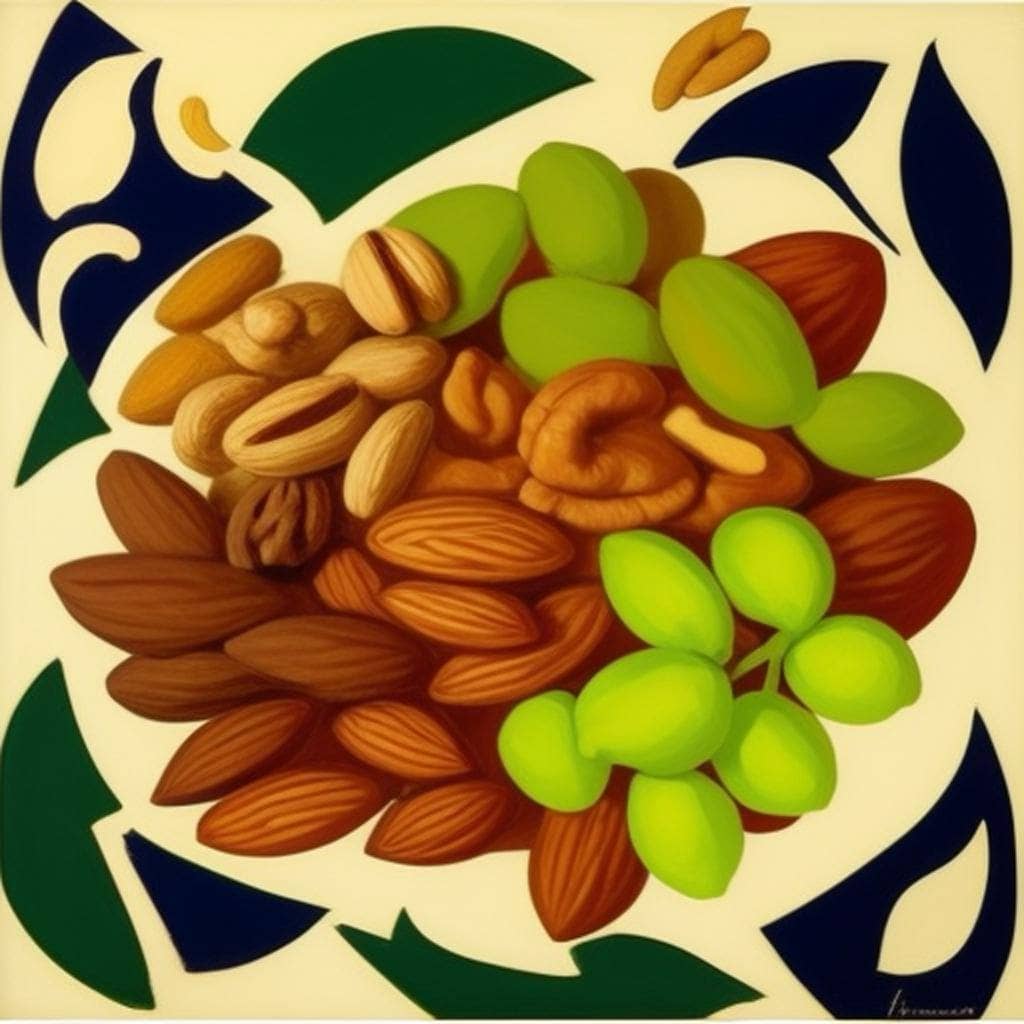
Osteoporosis super diet components
Medical disclaimer: If you suspect that you have a health problem, it’s important to seek medical attention immediately. Treatment will depend on the type of affection and may involve antibiotics, antivirals, or other medications. In severe cases, surgery may be necessary to remove an abscess or relieve pressure on organs. This blog is informative.
Osteoporosis is a medical condition in which bones become weak and brittle, making them more likely to fracture or break. A healthy diet that includes adequate amounts of calcium, vitamin D, and other important nutrients can help prevent or manage osteoporosis. Here are some components that can be included in a diet for osteoporosis:
- Calcium: Calcium is essential for building and maintaining strong bones. Good sources of calcium include dairy products (milk, cheese, yogurt), leafy green vegetables (kale, spinach), tofu, almonds, and fortified foods (orange juice, breakfast cereals).
- Vitamin D: Vitamin D is necessary for the body to absorb calcium. Good sources of vitamin D include fatty fish (salmon, tuna), egg yolks, and fortified foods (milk, breakfast cereals).
- Protein: Protein is important for bone health and can be found in foods like lean meats, poultry, fish, beans, lentils, and tofu.
- Magnesium: Magnesium is needed for calcium absorption and bone formation. Good sources of magnesium include nuts (almonds, cashews), whole grains (brown rice, quinoa), and leafy green vegetables.
- Vitamin K: Vitamin K plays a role in bone formation and can be found in leafy green vegetables (kale, spinach, collard greens), broccoli, and Brussels sprouts.
- Phosphorus: Phosphorus is important for bone health and can be found in dairy products, meat, poultry, fish, and whole grains.
In addition to incorporating these nutrients into your diet, it’s important to limit or avoid foods and beverages that can weaken bones, such as alcohol and caffeine. It’s also important to engage in regular weight-bearing exercise, such as walking or strength training, to help maintain bone density.
List of food with its components
Here are some examples of foods and their components:
- Almonds: Almonds are a good source of protein, healthy fats, fiber, vitamin E, magnesium, and calcium.
- Salmon: Salmon is a good source of protein, omega-3 fatty acids, vitamin D, and vitamin B12.
- Spinach: Spinach is a good source of iron, vitamin K, vitamin A, vitamin C, folate, and magnesium.
- Sweet potato: Sweet potato is a good source of fiber, vitamin A, vitamin C, potassium, and manganese.
- Greek yogurt: Greek yogurt is a good source of protein, calcium, and probiotics.
- Quinoa: Quinoa is a good source of protein, fiber, iron, magnesium, and zinc.
- Avocado: Avocado is a good source of healthy fats, fiber, potassium, vitamin K, and vitamin C.
- Blueberries: Blueberries are a good source of antioxidants, fiber, and vitamin C.
- Eggs: Eggs are a good source of protein, vitamin D, vitamin B12, and choline.
- Broccoli: Broccoli is a good source of fiber, vitamin C, vitamin K, and folate.
The nutritional content of foods can vary depending on factors such as how they’re prepared, where they’re grown, and how fresh they are. It’s always a good idea to consult a registered dietitian or healthcare provider to create a personalized nutrition plan based on your individual needs and preferences.
Daily plan for some basic exercices help build and maintain bone density and strengten muscles
Here’s a daily plan for some basic exercises that can help build and maintain bone density and strengthen muscles
- Warm-up: Begin with a 5-10 minute warm-up of light cardio exercises such as marching in place, walking, or cycling.
- Squats: Stand with your feet shoulder-width apart, and lower your hips as if you’re sitting down into a chair. Keep your weight in your heels and your knees behind your toes. Aim for 10-15 repetitions.
- Lunges: Take a large step forward with your right foot, and lower your body until your right thigh is parallel to the ground. Your left knee should be bent at a 90-degree angle. Return to the starting position and repeat with your left foot. Aim for 10-15 repetitions on each side.
- Push-ups: Place your hands shoulder-width apart on the ground, and lower your body until your chest almost touches the ground. Keep your body in a straight line and avoid letting your hips sag. If you’re not able to do a full push-up, you can modify by starting on your knees. Aim for 10-15 repetitions.
- Plank: Get into a push-up position with your hands shoulder-width apart on the ground and your body in a straight line. Hold this position for 30-60 seconds, or as long as you can maintain good form.
- Cool-down: Finish with a 5-10 minute cool-down of light stretching exercises such as toe touches, hamstring stretches, and shoulder rolls.
Note that everyone’s fitness level and health status are different, so it’s always a good idea to consult a healthcare provider or qualified fitness professional before starting a new exercise program. Additionally, you can increase the intensity and difficulty of these exercises as you become stronger and more comfortable with the movements.
For eldery persons
For elderly persons, it’s important to choose exercises that are safe and appropriate for their fitness level and health status. Here’s a daily plan for some basic exercises that can help improve bone density, strengthen muscles, and improve balance:
- Warm-up: Begin with a 5-10 minute warm-up of light cardio exercises such as marching in place, walking, or cycling.
- Chair squats: Stand in front of a sturdy chair with your feet shoulder-width apart. Slowly lower your hips as if you’re sitting down into the chair, then stand up again. Keep your weight in your heels and your knees behind your toes. Aim for 10-15 repetitions.
- Wall push-ups: Stand facing a wall with your hands shoulder-width apart on the wall at chest height. Slowly lower your body towards the wall, then push back up. Aim for 10-15 repetitions.
- Leg raises: Sit in a chair with your back straight and your feet flat on the ground. Lift one leg off the ground and hold for a few seconds, then lower it back down. Repeat with the other leg. Aim for 10-15 repetitions on each leg.
- Balance exercises: Stand next to a sturdy chair or countertop for support. Lift one foot off the ground and balance on the other foot for 10-30 seconds, then switch feet. You can also try standing on one foot with your eyes closed for an extra challenge.
- Cool-down: Finish with a 5-10 minute cool-down of light stretching exercises such as toe touches, hamstring stretches, and shoulder rolls.
Note that elderly persons should always consult with their healthcare provider before starting a new exercise program, especially if they have any medical conditions or concerns. Additionally, exercises can be modified to make them more suitable for an individual’s needs and abilities.
Food with required nutritients for eldery persons
For elderly persons, it’s important to consume a well-balanced diet that includes a variety of foods from different food groups to ensure they are getting all the nutrients they need. Here are some examples of foods with required nutrients for elderly persons:
- Calcium: Dairy products (milk, cheese, yogurt), leafy green vegetables (kale, spinach, collard greens), tofu, and almonds.
- Vitamin D: Fatty fish (salmon, tuna), egg yolks, and fortified foods (milk, breakfast cereals).
- Protein: Lean meats (chicken, turkey, fish), eggs, dairy products (milk, cheese, yogurt), beans, lentils, tofu, and nuts.
- Fiber: Whole grains (oats, brown rice, whole wheat bread), fruits (apples, berries, pears), vegetables (broccoli, carrots, spinach), and legumes (beans, lentils).
- Vitamin B12: Lean meats (beef, pork), poultry (chicken, turkey), fish, eggs, and dairy products (milk, cheese, yogurt).
- Vitamin C: Citrus fruits (oranges, grapefruits), strawberries, kiwi, bell peppers, broccoli, and tomatoes.
- Omega-3 fatty acids: Fatty fish (salmon, tuna, mackerel), nuts (walnuts, almonds), and seeds (flaxseeds, chia seeds).
- Potassium: Fruits (bananas, oranges, kiwi), vegetables (sweet potatoes, spinach, tomatoes), and beans.
- Magnesium: Whole grains (brown rice, quinoa), nuts (almonds, cashews), and leafy green vegetables (spinach, kale, collard greens).
Note that elderly persons may have different nutrient requirements than younger individuals, and they may need to modify their diet based on their individual health status and medical conditions. Consulting with a registered dietitian can help ensure that they are getting all the necessary nutrients in their diet.
Shop tip
Osteoporosis on Amazon
Video
Other suggestions? Thank you for reading and sharing!
Crafted with chatGPT Language Models and Picsart
Heads up! If you’re looking to join Wealthy Affiliate, make sure you sign up using my referral link to get access to my personal coaching and all WA features."






